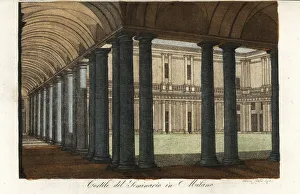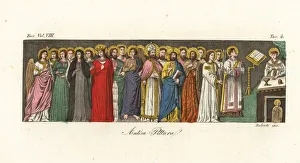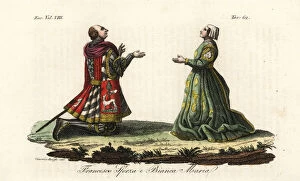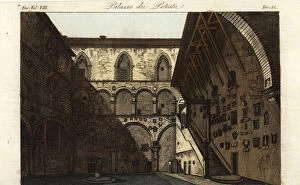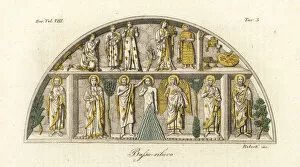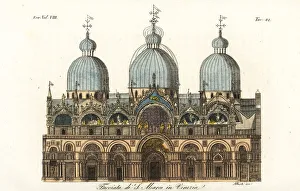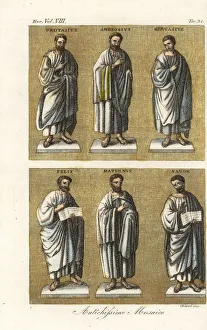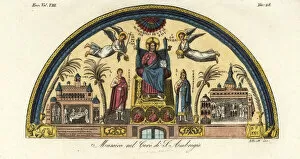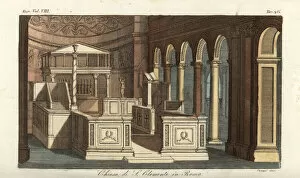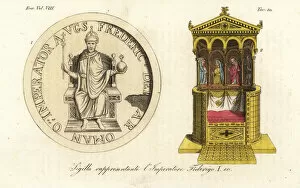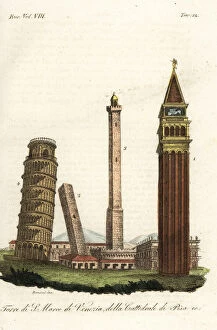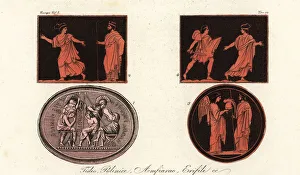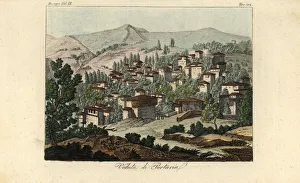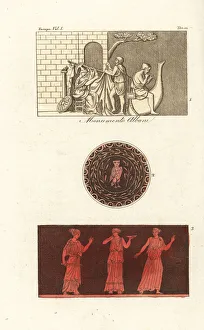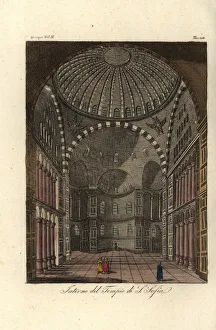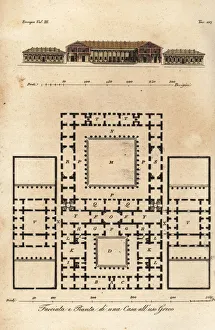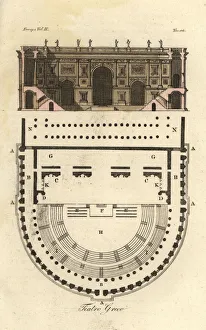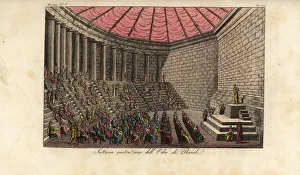Giulio Collection (page 8)
"Giulio: A Journey Through Time and Culture" Step into the world of Giulio, a name that echoes through history
All Professionally Made to Order for Quick Shipping
"Giulio: A Journey Through Time and Culture" Step into the world of Giulio, a name that echoes through history. Just like the Shield of Achilles, he is a symbol of strength and resilience in his battles with life's challenges. Like Medea and Jason stealing the Golden Fleece, Giulio possesses an adventurous spirit, always seeking new experiences and treasures to enrich his life. From the captivating view of Namuka island in Fiji to the Islamic portrayal of Adam and Eve, Giulio embraces diverse cultures with open arms, finding beauty in their differences. Just as the busts of seven principal heroes of the Trojan War stand tall, Giulio embodies heroism in facing adversity head-on and emerging victorious. The ancient city of Babylon unfolds before him like a mesmerizing tapestry; its grandeur reminds Giulio that history holds countless stories waiting to be discovered. Naba Leba, Queen of Solor, and a Malay girl from Timor capture his attention as he admires their grace and strength – reminders that women have always played powerful roles throughout time. Ancient depictions reveal Tamerlane or Timur's legacy; similarly, Giulio leaves behind footprints for future generations to remember him by. As he witnesses Edward and Eleonor's wedding in 1254, love becomes an eternal force driving him forward on his own journey towards happiness. Natives from Formosa (Taiwan) welcome him warmly into their midst; their hospitality teaches him about unity amidst diversity – lessons he carries wherever he goes. Portraits capturing Chinese emperors' wisdom inspire Giulio to seek knowledge beyond boundaries while honoring those who came before him. Finally, gazing upon Saint Helena Island transports him back to early 19th century adventures - reminding Giulio that exploration is not limited by time or place but resides within one's heart.

